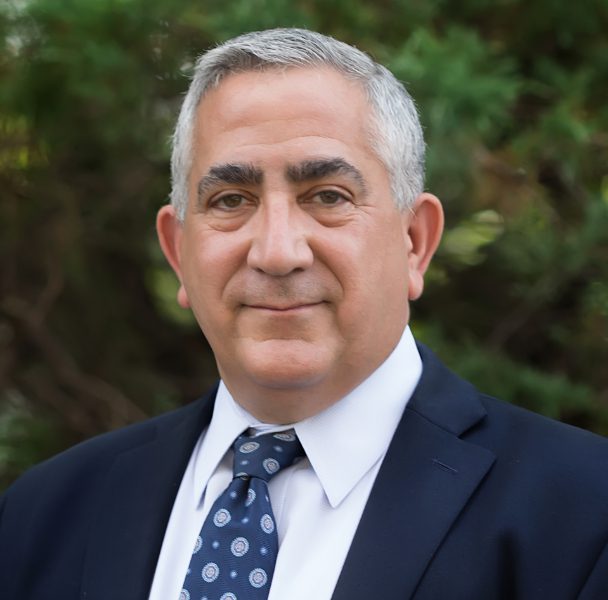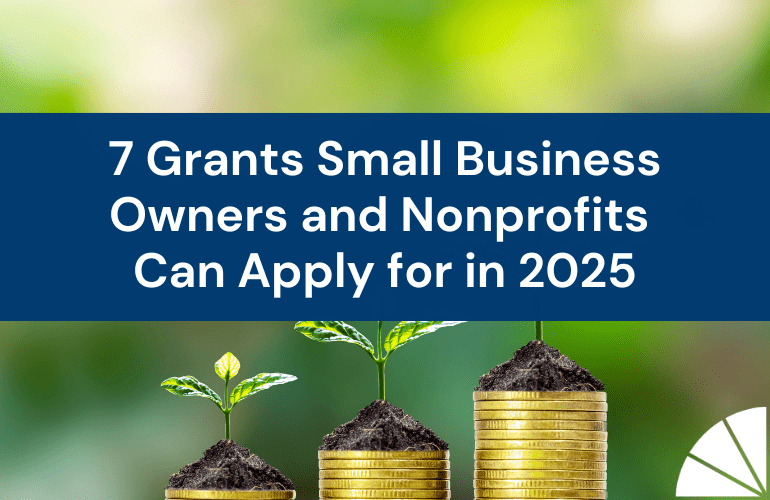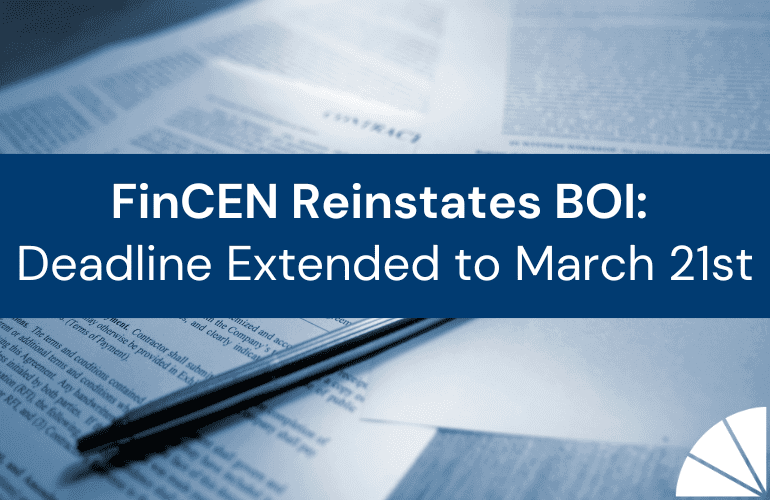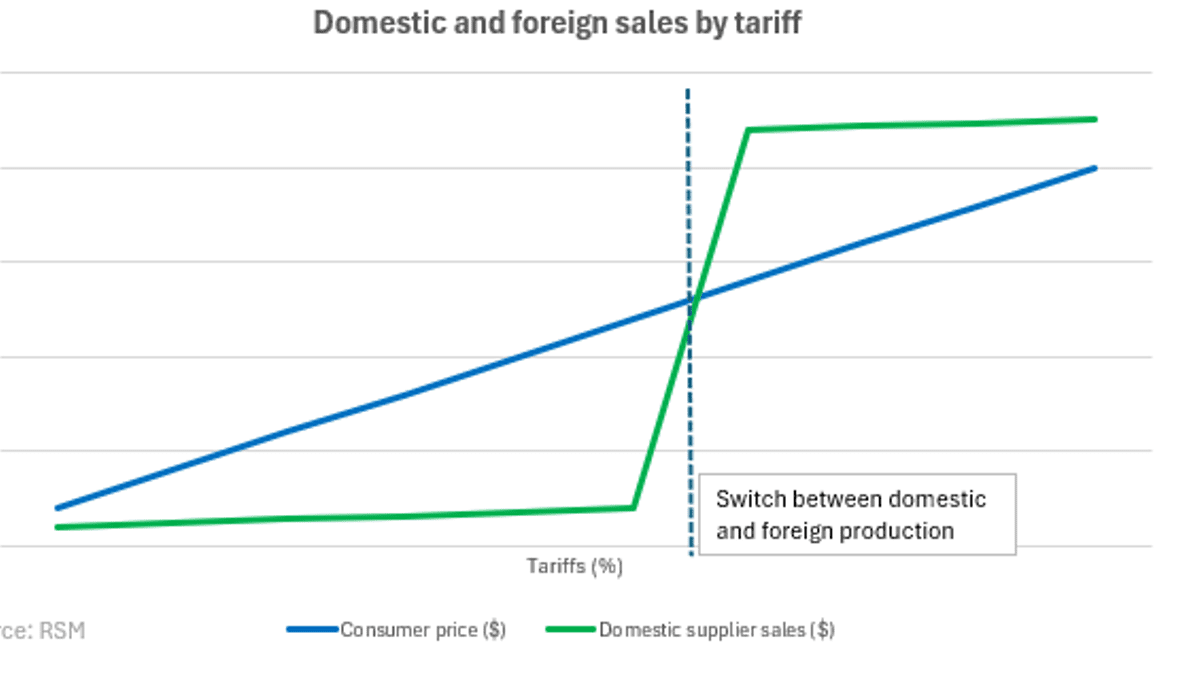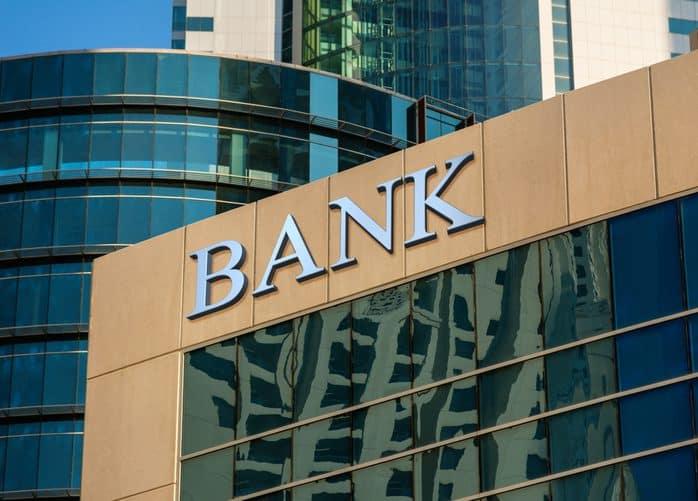
By now, virtually everyone has heard about the SBA’s Coronavirus relief options, such as the Paycheck Protection Program (PPP) and Economic Injury Disaster Loans (EIDLs). You’ve likely heard a thing or two about the Federal Reserve’s Main Street Lending Program (MSLP) as well. One thing I have found to be true about the program is a cautionary approach, across the lending and small business communities, in comparison to other lending avenues. This observation led me to question why that seems to be the case. To gain a better understanding of the MSLP, I turned to my colleague in the banking industry for insider insight.
What did we learn from the PPP?
On the surface, and in comparison to the PPP, the MSLP certainly seems like a slow-starter. The PPP program opened with unsecured assistance funds available to eligible small businesses and the promise of partial to full forgiveness, assuming certain conditions of fund usage were met. It seemed as though lenders and borrowers alike met this program with enthusiasm, yet the banking industry tells a story of missed opportunities at the onset of the PPP as well.
“After struggling to gain traction with their current lenders in round one of the PPP, we had prospects reach out to us,” said Charles Zanazzi, Regional Vice President of Professional Services at HarborOne Bank in Boston, Massachusetts. “We were able to offer clients a connection with a banker holding decision-making authority, which is something prospective borrowers need, and a service that the high-volume institutions just weren’t able to match.”
When asked about his bank’s overall experience with the PPP, Zanazzi said, “Obviously, the program could have been a little more seamless, but, based on the crisis response needed, you can’t afford to wait until everything is in order to begin this sort of program. The experience was great for our clients, so, overall we were 100% successful, and we feel really good about that.”
What’s the catalyst behind the hesitation surrounding the MSLP?
HarborOne Bank is approaching the MSLP the same way as the PPP: with both feet in.
“The Feds gave us another arrow for our quill, stated Zanazzi. “It’s our responsibility to look at what programs are available, to assess whether they may help our clients, and, if they can help, to make those programs accessible. You have to match the program with the need.”
So, why isn’t that the case across the board? It starts with a lack of program education and training. News surrounding the PPP has been frequent and abundant, and the publicity surrounding PPP terms and conditions showed promise for all involved. Lenders weren’t going to be left holding the loan risk, since PPP loans were 100% guaranteed by the SBA, and borrowers wouldn’t be subject to collateral or personal guarantees, nor would they be saddled with fully-unforgivable debt. In analyzing potential risk and reward for the MSLP, however, some lenders and prospective borrowers are finding this program to be a hard sell.
The program involves a significant amount of detail. It seems some prospective borrowers believed MSLP funds would be given out quickly, as they were with the PPP, and the only difference was that MSLP loans would need to be repaid.
In addition, given their risk retention of 5%, lenders have to ensure potential borrowers meet basic underwriting and credit standards.
Why choose the MSLP over other avenues of lending, namely when you consider the program’s requirement for “sound financial condition”?
Certainly, the PPP had preferable terms; however, the MSLP may be a viable option for those businesses with unmet or additional funding needs. In terms of other loans available to those in “sound financial condition,” the MSLP’s interest rates and favorable repayment terms, such as deferred interest and principal and higher borrowing capacity in relation to 2019 adjusted EBITDA, may set the program apart.
“The program’s ‘sound financial condition’ qualifier is really a way to look at a company’s ability to function ‘as-is’ over 90-day increments,” said Zanazzi. “Companies should really look at the program in terms of the built-in deferral and their ability to receive capital and up-front relief without immediate consequences.”
What does MSLP demand look like, across the nonprofit and for-profit sectors?
We now know that several factors have likely contributed to the non-aggressive demand the program has presented thus far, such as lender and borrower fears, nonoptimal circulation of program education, and tougher eligibility requirements. Still, the landscape from the lender’s point-of-view provides additional insight on program demand.
“The MSLP is a second-wave program coming in behind the PPP, which was a demand-driven grant program,” said Zanazzi. “While we expect the demand to pick up after the PPP hangover subsides and clients enter the forgiveness stage, it’s too early to determine the MSLP’s capabilities.”
In terms of sector differentiation, nonprofits have been at a disadvantage. Eligibility wasn’t granted to that sector at the time of the program’s origination. The MSLP was live for more than 3 months before eligibility was extended to nonprofit organizations in late July.
Zanazzi believes the banking industry may begin to see a healthier nonprofit demand from organizations focused on things like education and the arts, as they haven’t had exposure to some of the grant-based support available to certain nonprofits in healthcare and social services.
Looking for a Main Street Loan Program lender?
Regardless of its complexities, it’s become clear that the MSLP does have the potential to help certain small and midsize businesses and nonprofits. How do you determine if it’s the program best-suited for your business? Ask the experts.
HarborOne Bank is an SBA Preferred Lender providing commercial lending services throughout Massachusetts and Rhode Island. Lending services include funding programs, like the MSLP, to assist small businesses in transitioning to cope with the current crisis. Contact Charles Zanazzi to discuss your lending needs.
Contact LGA
LGA’s Business Advisory Services Team takes pride in positioning clients to play offense, throughout all stages of a business’s lifecycle. My team has helped hundreds of companies grow from start-up to successful exit, and we can help you too.
In response to client demand, my team is offering assistance with PPP forgiveness, as well as a COVID-19 Business Check-up designed to help businesses identify and monitor potential risks during these uncertain times. I want to help you assess your company’s present risk condition and establish the groundwork to proactively set a course for prolonged risk mitigation and value optimization. Contact me today to discuss your business advisory needs.
